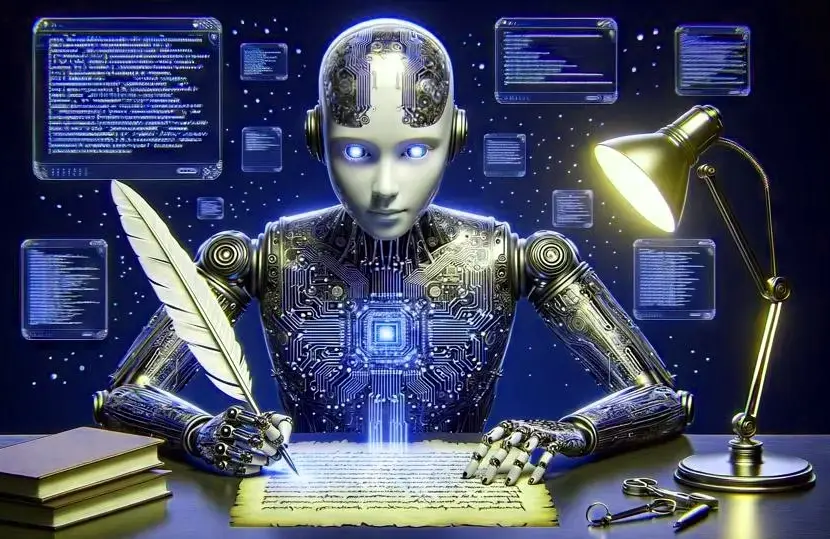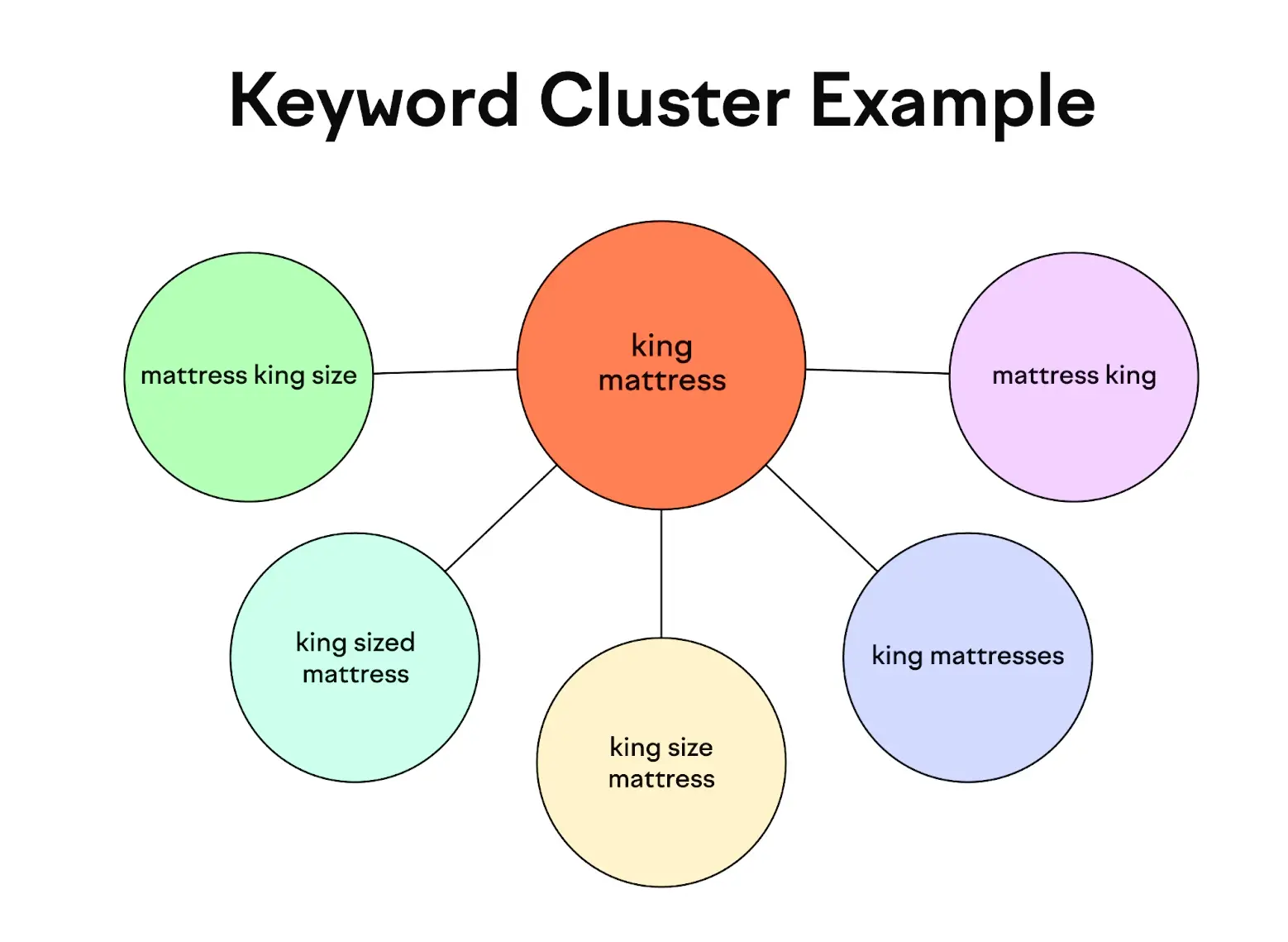Remember when AI was just for sci-fi movies? Well, it's not a distant dream anymore. Generative AI is here, woven into the fabric of our everyday. It's the silent force behind the scenes, changing how we work, learn, and even how we create. But like any powerful tool, it brings big questions we need to face head-on.
The Shifting Sands of Work
Generative AI isn't just automating boring tasks; it's transforming entire job roles. Think of it less as a job-stealer and more as a super-powered assistant.
- For the Copywriter: AI can whip up first drafts, brainstorm ideas, and even tailor messages for different audiences in a flash. This frees up the human copywriter to focus on the big picture – the deep strategy, the unique voice, the creative spark that only a human can bring. It's about going from "drafting" to "directing."
- For the Designer: Imagine instantly seeing hundreds of design variations for a logo or website. Generative AI makes rapid prototyping a reality, letting designers explore more ideas faster. The human designer then becomes the curator, the refiner, the one who truly understands the human element of aesthetics and user experience.
- For the Analyst: Sifting through mountains of data used to take ages. Now, AI can spot trends and generate insights in moments. This allows analysts to jump straight to interpreting the "why" and "what next," becoming more of a strategist than a data cruncher.
The Uncommon Idea: Instead of fearing job loss, let's embrace "hybrid roles". These are jobs where humans and AI work hand-in-hand, each bringing their unique strengths. It means workers need to learn how to "speak AI" – how to prompt it effectively, how to verify its output, and how to integrate it seamlessly into their workflow. The future isn't human or AI; it's human and AI.
Learning Reinvented
Education is getting a shake-up too. Generative AI offers personalized learning on a scale never before imagined.
- For Students: Imagine an AI tutor available 24/7, tailoring explanations and practice problems to your exact needs. Or AI tools that help you brainstorm essay ideas, outline research papers, and even provide real-time grammar feedback. This could mean fewer students falling behind and more finding their stride.
- For Teachers: AI can take over repetitive tasks like grading quizzes and creating basic lesson materials. This frees up precious time for teachers to focus on what truly matters: deep student engagement, creative lesson planning, and addressing individual student needs with empathy and nuanced understanding.
The Uncommon Idea: What if AI could help us "learn how to learn"? Beyond just providing answers, generative AI could analyze a student's learning style, identify their cognitive biases, and suggest personalized strategies for better retention and critical thinking. It's about empowering students to become lifelong, self-directed learners, not just memorizers.
Unleashing Creativity (and its Challenges)
The creative industries are buzzing with generative AI. It's a powerful new brush for artists, a fresh instrument for musicians, and a potent pen for writers.
- For Artists: AI image generators can bring wild ideas to life in seconds, providing a starting point or exploring countless stylistic variations. Artists can use these as inspiration, tweaking and refining to add their unique human touch.
- For Musicians: AI can compose melodies, suggest harmonies, and even generate entire instrumental tracks. This can help overcome creative blocks or quickly produce background music for projects.
- For Writers: From generating compelling ad copy to drafting short stories, AI can be a boundless source of text. It can help overcome writer's block or generate content at lightning speed.
The Uncommon Idea: Could generative AI lead to a "renaissance of amateur creativity"? With powerful tools now at everyone's fingertips, we might see an explosion of new, diverse creative works from people who previously lacked the technical skills or resources. Think less about "AI art" and more about "AI-assisted human expression."
The Elephant in the Room: Ethical Concerns
With all this power comes great responsibility. Generative AI introduces some serious ethical puzzles we need to solve.
- Truth and Trust (Deepfakes): AI can create incredibly convincing fake images, videos, and audio. This "deepfake" technology has chilling implications for misinformation, propaganda, and even personal reputation. How do we tell what's real from what's generated? How do we prevent misuse?
- Bias and Fairness: AI learns from the data it's fed. If that data is biased (and much historical data is), the AI will reflect and even amplify those biases. This can lead to unfair outcomes in things like hiring, loan applications, or even criminal justice. We need to ensure AI is built and used fairly for everyone.
- Who Owns What? (Copyright & Compensation): If an AI creates a song or an image, who owns the copyright? What about the artists whose work was used to train the AI – should they be compensated? These are tricky questions with no easy answers, and they're causing real friction in creative communities.
- The Environmental Footprint: Training large AI models takes a colossal amount of energy, which means a significant carbon footprint. As AI becomes more widespread, we need to find ways to make it more sustainable.
- The "Human Touch" Devalued? If AI can do so much, will human creativity and human effort lose their perceived value? This is a deeper philosophical question about what it means to be human in a world increasingly shaped by intelligent machines.
The Uncommon Idea: Let's focus on "AI literacy for all." Just as we teach digital literacy, we need to teach everyone – from school children to senior citizens – how generative AI works, its limitations, and how to critically evaluate its outputs. Empowering individuals with knowledge is our best defence against the ethical pitfalls.
Generative AI is not just a tool; it's a profound shift. It challenges us to rethink our roles, our education, and our values.
The key isn't to stop its progress, but to guide it with wisdom, foresight, and a deep commitment to a future where technology serves humanity, not the other way around.
Leave a comment
Your email address will not be published. Required fields are marked *



